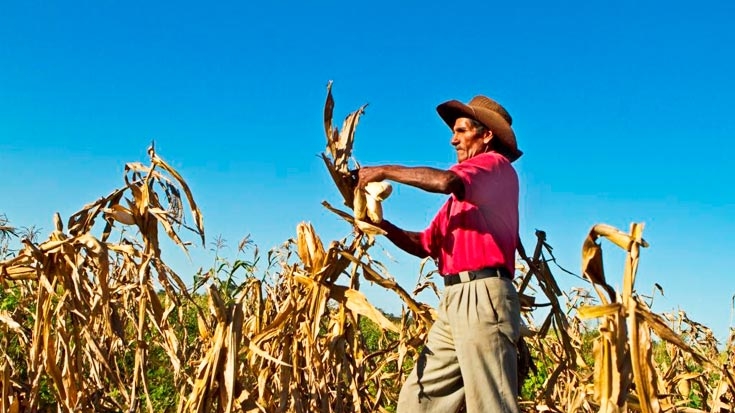Challenge
Bolivia has entered the 2000s as one of the poorest economies in Latin America, after several decades of instable economic performance. Since then, however, the country has been marked by historically high and stable growth rates, prudent macro policies and strong social gains—in terms of poverty and inequality reduction. These achievements were partially driven by an extremely favorable external environment. Despite its strong performance in recent years, Bolivia was not able to close the income gap with the rest of Latin America—or other regions in the world. Bolivia’s authorities consider sustaining and fostering the current growth process as key priorities. In this context, the objective of the study was to inform the government policy debate by identifying the main barriers to growth not only at macro level, but within key economic sectors.
Solution
The study identified the main constraints to growth at macro and sectorial levels for key sectors, and proposed policy options to release these constraints, i.e. to bring Bolivia to a faster growth path. To do so, the study analyzed in detail Bolivia’s recent economic performance identifying the main determinants and constrains to economic and productivity growth. The study also looked at the effects of growth on poverty reduction and shared prosperity. Finally, the study evaluated key production sectors (hydrocarbon, mining, and agriculture), emphasizing their potential contribution to growth and identifying bottlenecks that limit this potential. Close coordination with the client guided the design and preparation of the study. In effect, the scope, main objective, and key sectors to be considered have been discussed with the Ministry of Planning. Preliminary versions of each chapter have also been discussed with the Minister and her technical team, before the completion of the report.
Results
Main messages: In the past decade, Bolivia took advantage of a favorable external environment to implement a robust macroeconomic framework and sustain high growth, driven by an expansion of extractive activities and public investment. Labor-intensive sectors—particularly agriculture—lagged behind. Growth translated into significant social gains. Poverty and inequality fell, while the income of the bottom 40 percent increased three times faster than the average. Notwithstanding, Bolivia could not reduce its per capita GDP gap vis-à-vis other countries. Bolivia’s performance may have been greater with higher productivity gains and private investment. This represents untapped opportunities for future growth and social progress. Sustaining growth will entail combining private and public efforts, in line with Bolivia’s development framework, to boost investment, particularly in extractive industries, while enhancing productivity in labor-intensive sectors such as agriculture.
Main messages and recommendations were discussed with the Ministry of Planning and UDAPE, the Government’s Think Tank. Planning implements the National Development Plan, while UDAPE provides analysis and policy guidance to the Executive. As the new NDP—which would have broad repercussions in the country—is still under construction, it is too early to assess the extent of the study’s impact. The study is also informing the upcoming SCD and CPF, which will guide the WB activities in the following years.

